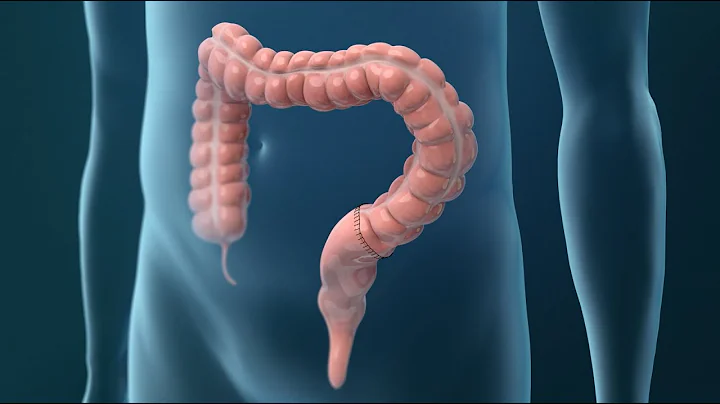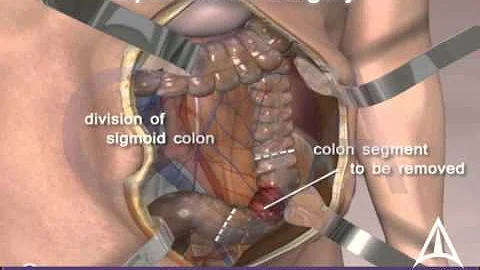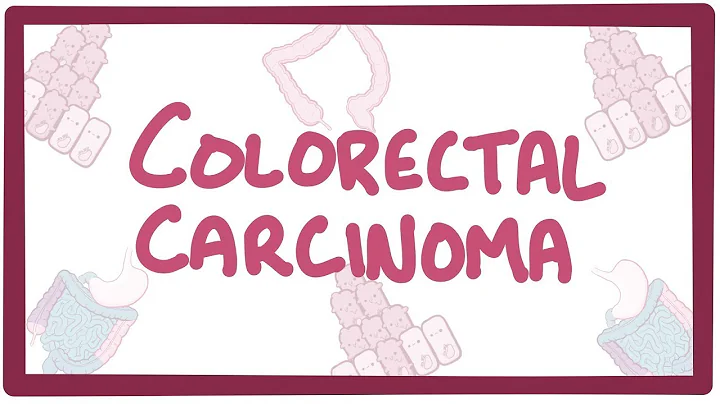For patients diagnosed with colorectal cancer, surgery is the only cure. However, if invisible cancer cells remain in the original site during surgery, cancer often recurs, and reoperation may be more complicated. Chemotherapy is often given in conjunction with surgery, although chemotherapy can cause toxic effects.

Photodynamic therapy (Photodynamic therapy, PDT) has certain advantages in the treatment of cancer, but its efficacy is highly dependent on light transmission to activate photosensitizers. Advances in wireless technology have enabled the remote transmission of light to tumors, but there are some key limitations, including poor tissue penetration and low levels of photosensitizer activation. Dr. Sung II Park's team, assistant professor in the Department of Electrical and Computer Engineering at Texas A&M University and researcher at the Center for Telehealth Technology and Systems, is working on developing a low-cost, minimally invasive, power-free wireless telemetry technology - integrated thermal/light simulation. The platform is expected to break through the above-mentioned treatment limitations and provide accurate and safe treatment options for cancer.
During surgery, researchers use PDT with this technology to kill cancer cells with a photosensitizer (a drug that is activated by light). During surgery, the surgeon is able to remove a large portion of the tumor and then fully illuminate the tumor bed when the photosensitizer is activated by light. This combination treatment is thorough, safe and effective, with no toxic or side effects.
Currently, more details about the device were published in Nature Communications in April.

Figure 1. Artificial Intelligence Implantable Multi-channel Wireless Telemetry Device for Photodynamic Therapy: Overview of the Proposed Comprehensive Platform
According to the American Institute for Cancer Research, in addition to skin cancer , colorectal cancer is the third most common cancer in the world. Three common cancers. According to American Association for Cancer Research , in 2022, an estimated 149,500 adults in the United States will be diagnosed with colorectal cancer, resulting in an estimated 52,980 deaths.
PDT is an anti-tumor treatment that has the advantage of targeting cancer cells while minimizing toxicity to normal healthy tissue. PDT involves the use of a photosensitizer that is preferentially absorbed and retained in tumors. Activation of photosensitizers is mediated by light of specific wavelengths, and in clinical settings this is typically achieved using high-power lasers. In the presence of oxygen, the excited photosensitizer leads to the production of reactive oxygen species , which induces intracellular oxidative stress and triggers tumor cell death. Oxygen, photosensitizers and light are important elements of PDT, and in vivo and in vitro studies have confirmed the importance of the three in the phototoxic cell death mechanism.
Although photodynamic therapy has been shown to be effective in many solid tumors, the clinical application of photodynamic therapy has been hampered by an incomplete understanding of the differential responses of cancer and normal tissues and a lack of methods to monitor tumor response and adjust light dose accordingly. restricted.
To solve this gap, Professor Park's team proposed a two-step operation process: first, use a photosensitizer drug, which is preferentially absorbed by tumor cells, and then irradiate the tumor with non-thermal light of a wavelength that matches the drug absorption spectrum. Activation of the drug triggers a photochemical reaction that triggers tumor cell death. The biocompatible, small, implantable LED platform developed by the
Park team enables light dose and PDT to be adapted to the response of individual tumors. This integrated platform combines the DeepLabCut (DLC) information low-power wireless telemetry system and Monte Carlo (MC) thermal/light simulation. By combining the integrated thermal/optical MC simulation platform with the user software interface, customized PDT solutions can be provided (e.g., selection of wavelengths, determination of the number of light sources, and their placement on the implantable device).
Researchers pointed out that this intraluminal device can provide a minimally invasive biocompatible platform for the optical detection of residual cancer and can be delivered to tumor cells anywhere in the body, which means it may have potential for breast, kidney, Impact on the treatment of lung, pancreas , prostate, ovary and rare cancers.
In the long term, Park's team's work will have the potential to provide a platform with clinical-quality health monitoring capabilities that can continue to be used outside of traditional hospital and laboratory facilities and provide patients with a treatment option to prevent malignancy. further development, thereby significantly improving the quality of life of cancer patients. Such platforms could also significantly reduce the financial burden on oncology resources.
Reference: Woo Seok Kim et al, AI-enabled, implantable, multichannel wireless telemetry for photodynamic therapy, Nature Communications (2022). DOI: 10.1038/s41467-022-29878-1





















